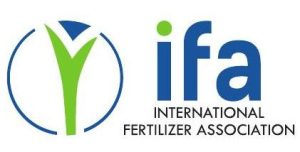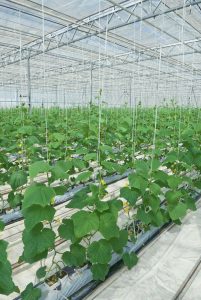People
Charlotte Hebebrand, Director General of the International Fertilizer Industry Association (IFA), will end her term with the organisation on May 1st. IFA’s Senior Director of the Agriculture Service, Patrick Heffer, will serve as interim Director General as of 1 May, until a new permanent Director General can be proposed by IFA’s Board of Directors and approved by the membership at the organisation’s General Meeting, with the aim of having a new person in place by July.






